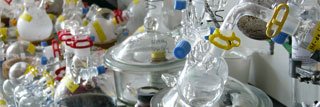
Harder-Research
@harder_research
Our new Harder Group Poster 2024 (hopefully now without mistakes...)
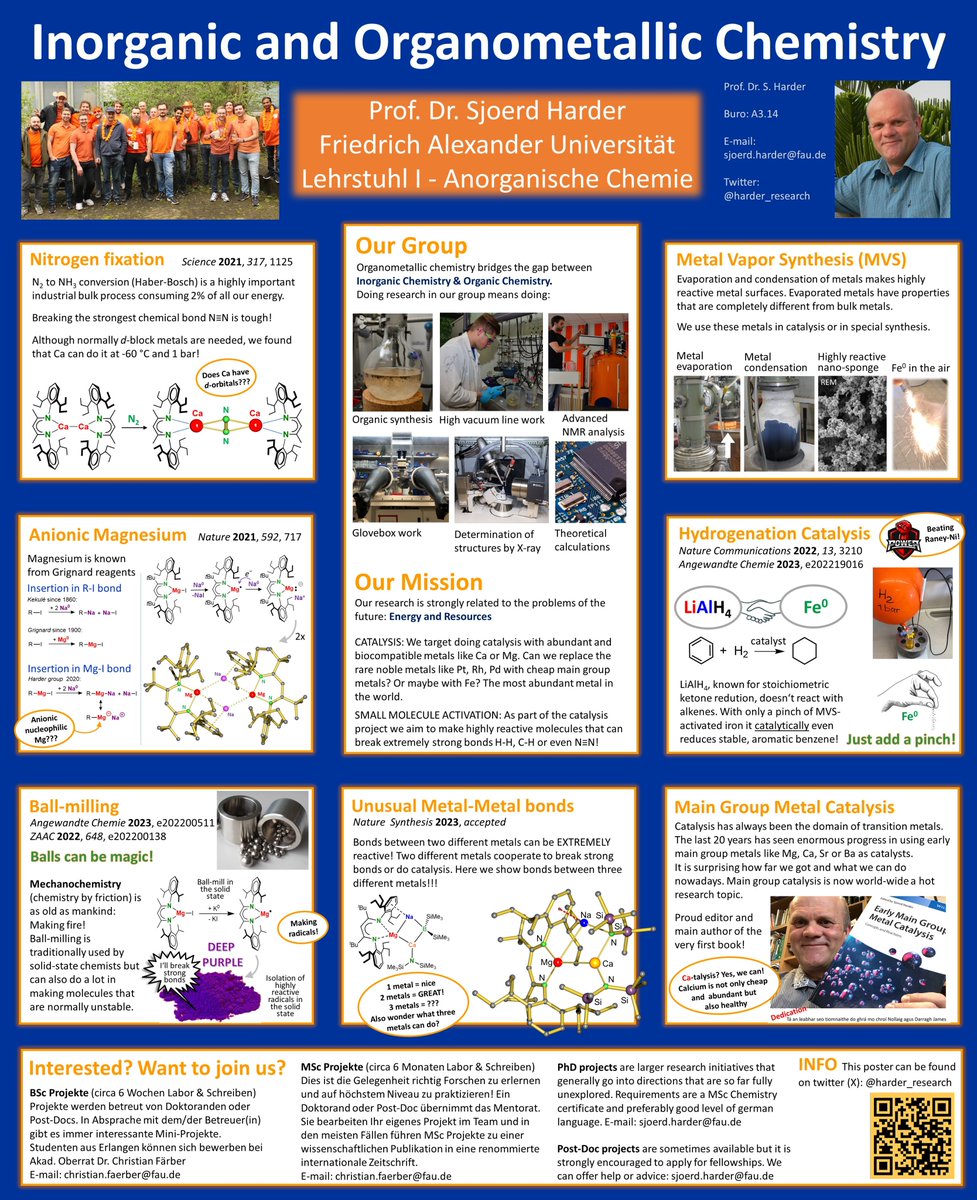
C–C Bond Formation at an Aluminacyclopropane | Organometallics (pubs.acs.org/doi/10.1021/ac…). Published as part of the Organometallics special issue “Organometallic Chemistry Beyond the Transition Metals: Fundamentals and Applications of the P-Block”.
Very nice article, Ajay!👍
Isostructural Mg and Zn Compounds: Analogies and Differences in Reactivity - now published in Dalton Transactions pubs.rsc.org/en/content/art… @kritipathak04 @suban_kundu @skathayat27 @ANRFIndia @tvmiiser #maingroup
Our work on benzene ring opening was featured by C&EN, and we are proud of it!
Two centuries after Faraday’s landmark discovery, researchers in China have discovered that an iconoclastic duo of metal complexes can open benzene’s robust ring at room temperature. cen.acs.org/physical-chemi…
Siad's work (@SiadWolff) on bulky di-Mn(I), and Mn-N2 bonded compounds, which closely mirrors our prior Mg chemistry, has now been accepted @J_A_C_S. Part of a nice collab with project leader @ChristianLimb19. #ozchem @ChemistryMonash @AFOSR @HumboldtChem tinyurl.com/yup6w9bk
It was a great pleasure to host @Melchiorre_P for his brilliant #GDCh lecture on how fundamental #photochemistry fuels innovation in #asymmetricsynthesis! Thanks, Paolo, for the exciting science and engaging discussions! @MelchiorreGroup @GDCh_aktuell @harder_research @EAKataev
🔥Excited to share our latest: "C(sp2)–H Bond Activation with a Heterometallic Nickel---Aluminium Complex” Now out in @angew_chem w/ @crimmingroup Work done by PhD student, Joseph A. Zurakowski w/ Benedek Stadler & Mark Crimmin @ ICL! 💪 tinyurl.com/3bbj56nw
Today we had Georgii Nikonov visiting. Thx for the lecture and joining us on a Franco Ian-Dutch-Belgian beer road trip🍺🍺🍺

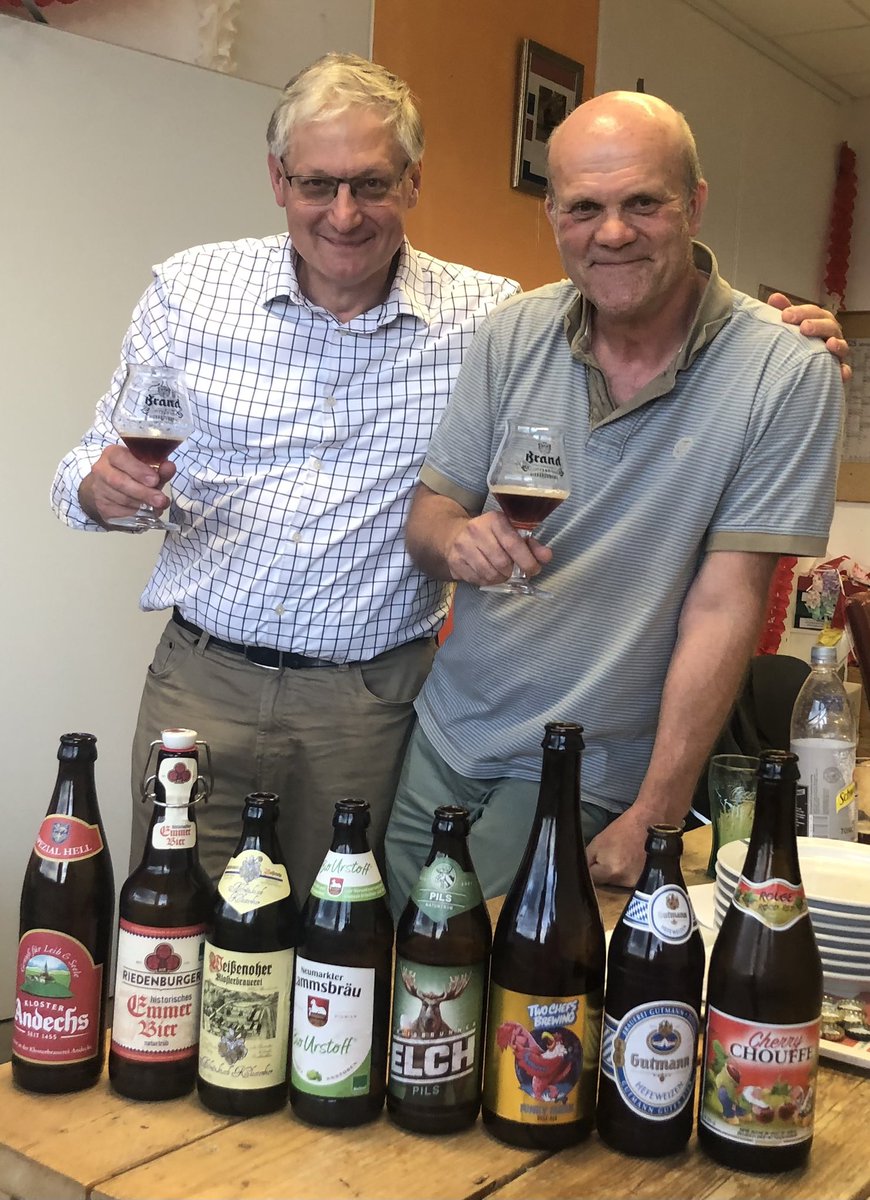
A Ca(I) synthon with bridging N2 is key to the synthesis of homometallic Ca peroxide and oxide complexes. In solution, the Ca oxide complex decomposes even at -80 C. It can only be prepared in the solid state. @ChemCommun @RoySocChem shorturl.at/AUoWM
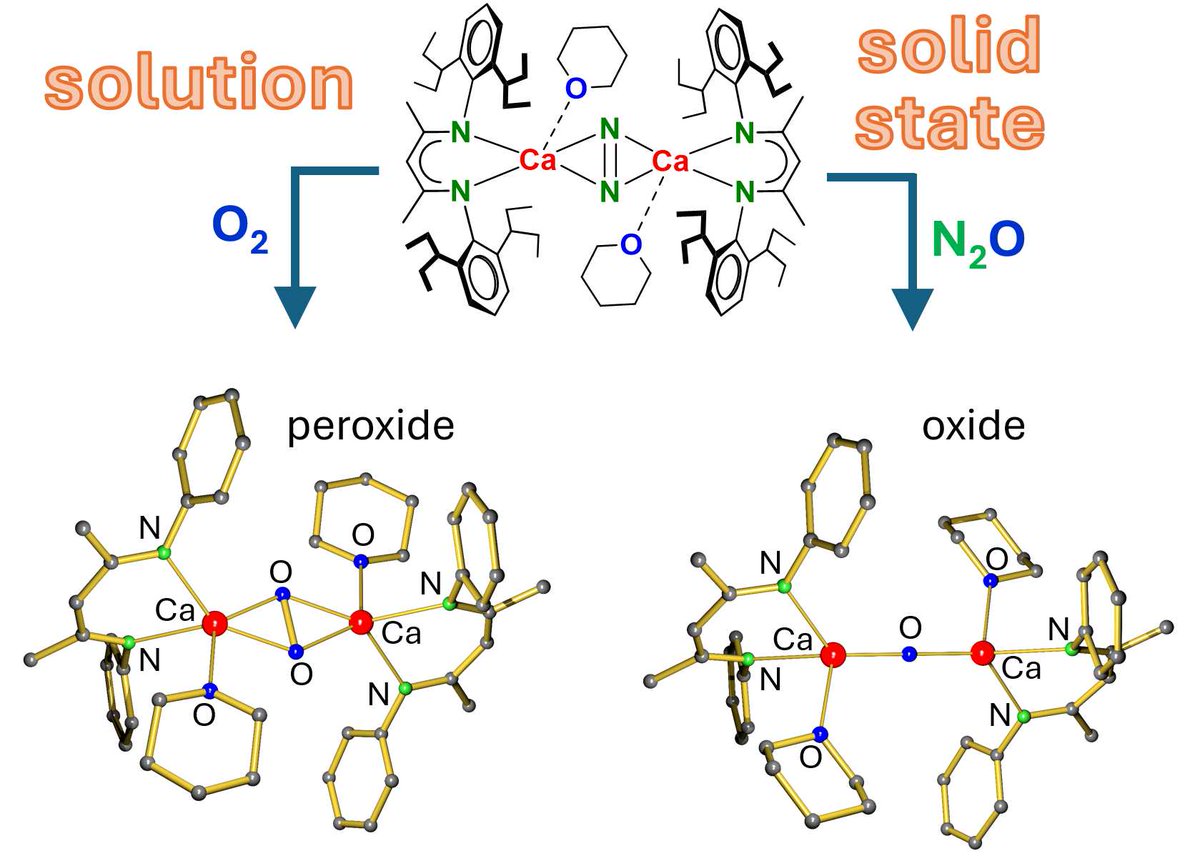
Online now: Neutral P4 coordination and reduction at alkaline earth metal centers dlvr.it/TLjsJl
Our work on the room-temperature ring-opening of benzene is now published in @J_A_C_S ! Great teamwork and thanks for the kind comments from the reviewers! pubs.acs.org/doi/10.1021/ja…
Carbanionic reagents are not just strong bases and versatile alkylation agents—they offer much more! 🚀 Curious about the many facets of carbanion chemistry? Check out our latest review article in @NatRevChem for a deep dive into their reactivity and applications👇 @ERC_Research
Rethinking carbanion chemistry from donor substituents to weakly coordinating carbanions nature.com/articles/s4157… 🧪
A LOT OF MONEY FOR CHEAP METALS: Happy that our group has been awarded an ERC-ADVANCED GRANT extending our unique chemistry on main group M(0) chemistry. We thank the many reviewers that trust us continuing COOL (OR HOT?) CHEMISTRY. We won’t disappoint you! @FAU #ERCAdG
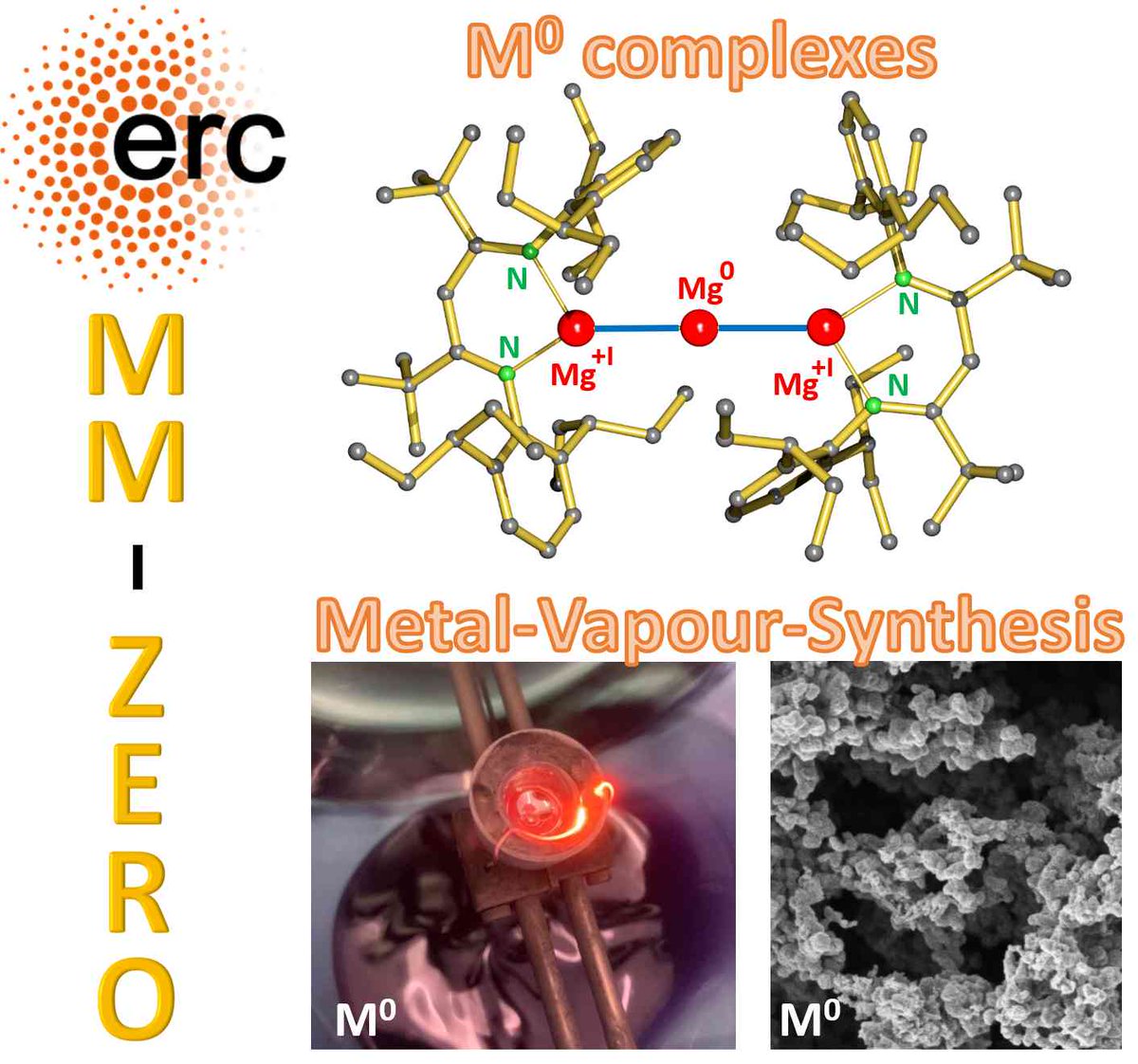
MAD BEER FESTIVAL 10 days a year the City goed mad for beer. Our yearly Group trip to the Erlangen Bergkirchweih.

Our new article in Angewandte Chemie is about pushing the limits of organometallic redox chemistry onlinelibrary.wiley.com/doi/10.1002/an…
Are Single Atom Catalysts (SACs) Single-Sites? Not really according to our latest development in 195Pt ssNMR, now out in @Nature. Our methodology enables to understand the nature and distribution of the coordination environment of Pt SACs! nature.com/articles/s4158…
OPEN SINGLET DIRADICALOID as intermediate in the Ca-mediated reductive coupling of isocyanide finally resulting in a deltate complex. A unique mechanism in group 2 metal mediated reductive C-C coupling @ChemicalScience pubs.rsc.org/en/content/art…

Thx Sakya! I will pass it on to @st_thum
Neat work.. Congratulations
Reduction of CO2 and Related Compounds with a Low-Valent CaI Synthon by Sjoerd Harder and co-workers (@harder_research) #OpenAccess 🔓 onlinelibrary.wiley.com/doi/10.1002/ce…
LOW-VALENT Si, Ge, Sn, Pb: HOW LOW CAN WE GO??? Hydrocarbon-soluble Mg(0) reduces Si all the way to Si(4-). Unfortunately not stable and decomposing to the HSi(3-) anion. However, Sn(4-) is stable and functions as 4-fold Nu or 8e reducing agent. Preprint: shorturl.at/4mH0O

One day in the year the Harder lab turns orange. Great Beer Tasting session with 12 beers from Holland, Belgium and France🍺🍺🍺🍺🍺🍺🍺🍺🍺🍺🍺🍺
